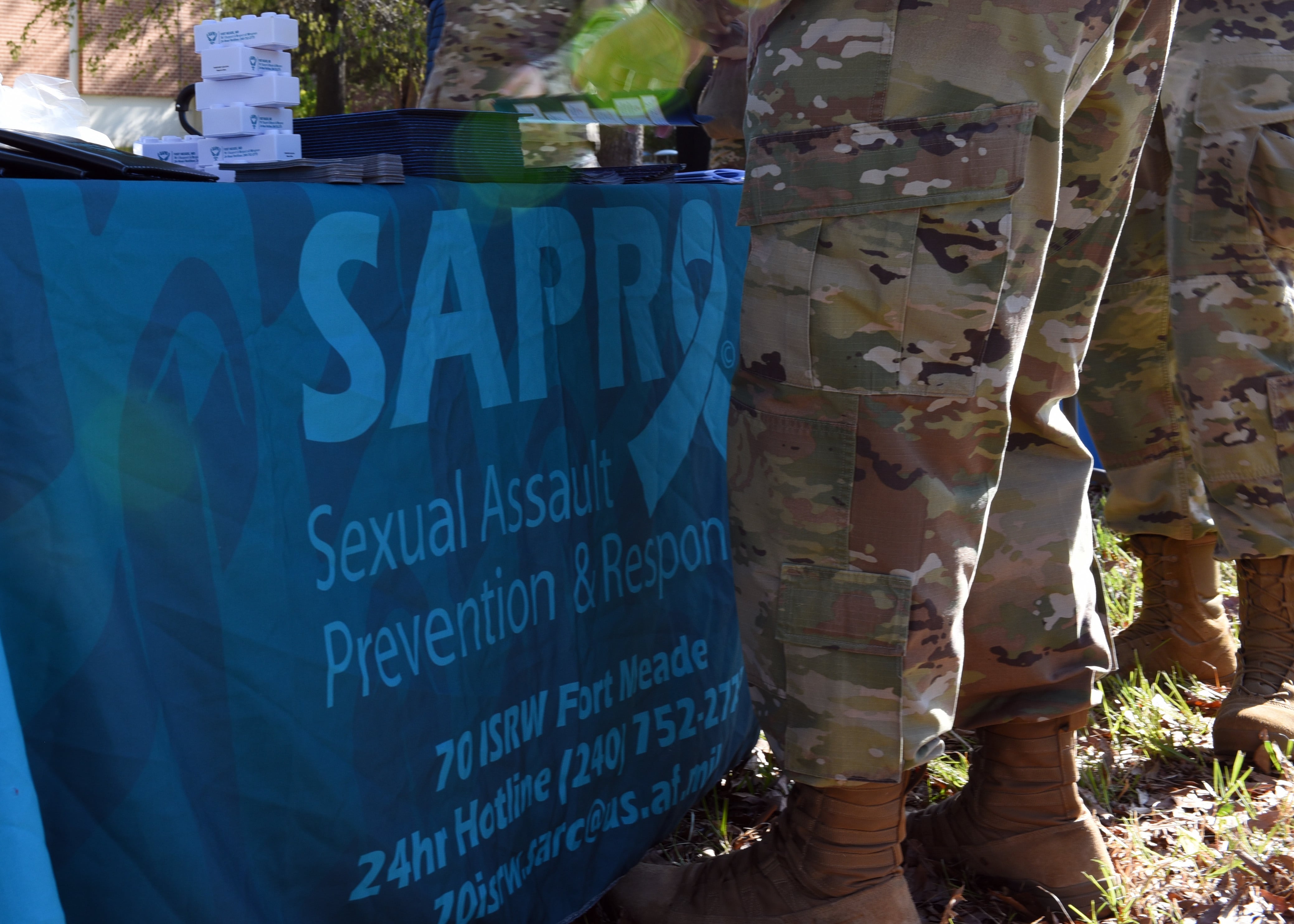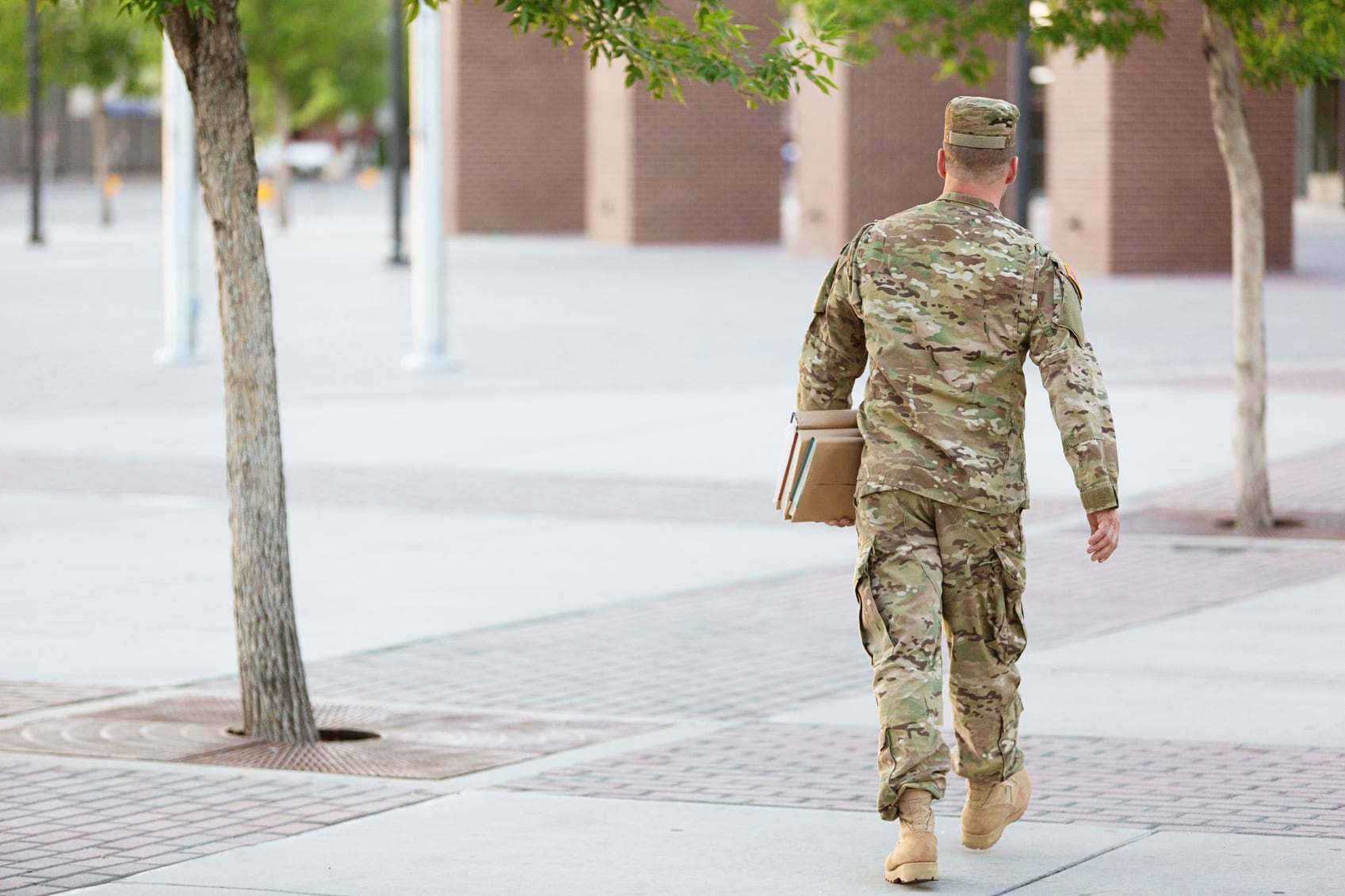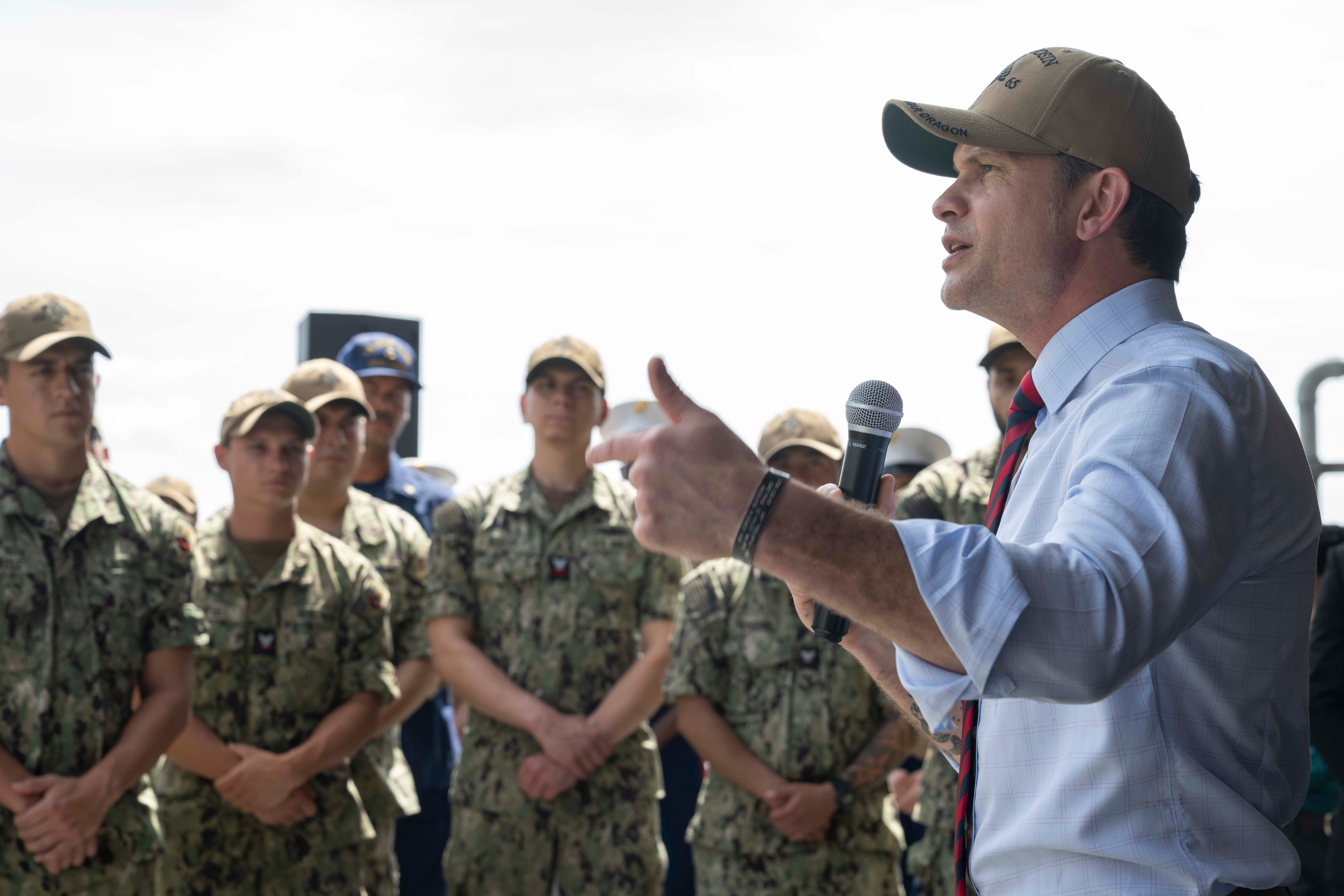A recent Defense Department inspector general report said the U.S. military did not properly account for or adequately store nearly $715 million in weapons and equipment for vetted Syrian partners fighting ISIS.
The report said officials with Special Operations Joint Task Force–Operation Inherent Resolve and 1st Theater Sustainment Command did not maintain a central list of gear and equipment for Syrian partner forces complicating efforts to track or inventory the weapons.
The report also detailed that nearly 4,100 weapons that include grenade launchers and machine guns were improperly stored outside in metal shipping containers exposing the gear to harsh environments and potentially rust.
1st TSC also complained that some of the metal shipping containers leaked and were not properly sealed. Site inspectors noted that some weapons showed signs of rust.
RELATED
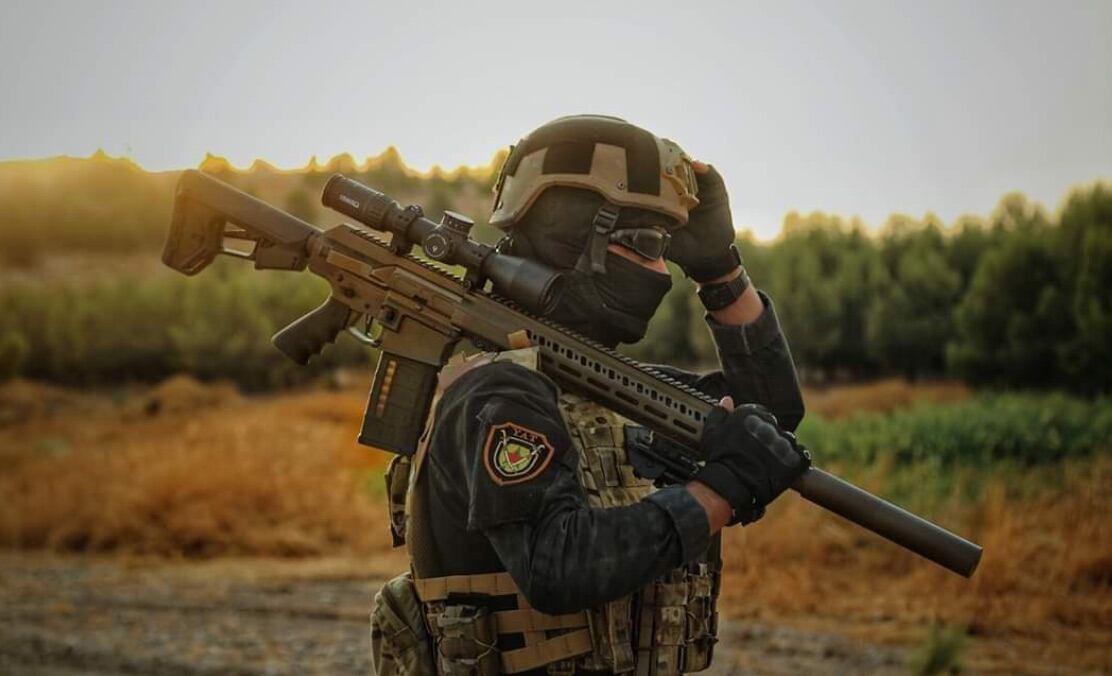
The weapons were improperly stored as a result of overcrowding of equipment because SOJTF-OIR “personnel did not divest or dispose” of the equipment, the IG report reads.
The IG report said the failure to properly follow guidelines could result in wasteful spending forcing the U.S. military to duplicate orders and purchases for weapon systems already procured for partner forces fighting ISIS in Syria.
The report did not indicate whether weapons intended for vetted groups may have found their ways into the wrong hands. Instead, the IG report addressed concerns that U.S. taxpayer dollars could be wasted on duplicating purchases for Syrian fighters due to clerical and administrative issues over hand receipts and records keeping.
However, the Syrian battlefield is littered with American technology and weapons to include anti-tank guided missiles, shoulder fired rockets and night vision equipment.
Some of that equipment has wound up in ISIS and al-Qaida hands due to battlefield losses by partner forces and as a result of Islamic State fighters plundering the armories of U.S.-backed groups in early 2014 as the jihadi group surged across Iraq and Syria.
The $715 million dollars for weapons and gear for vetted Syrian partners was part of a $930 million request by the DoD for Counter Islamic State of Iraq and Syria Train and Equip Funds, also known as CTEF, for fiscal year 2017 through fiscal year 2018.
The U.S. requested nearly $173 million in CTEF funds for Syrian partner forces for fiscal year 2020.
RELATED
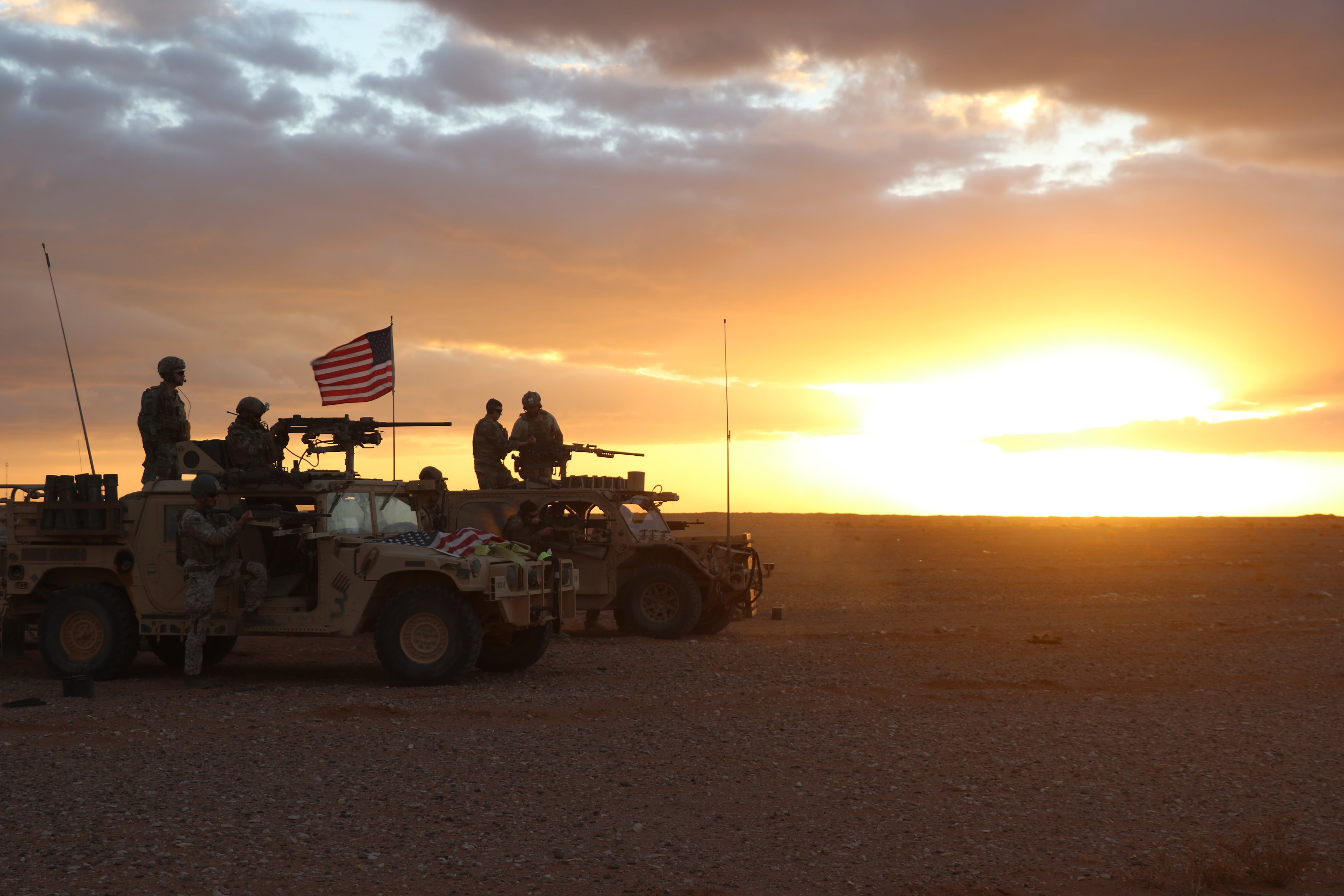
“Without accurate accountability records, such as inventory records and hand receipts, SOJTF-OIR personnel could order equipment that SOJTF-OIR already has in stock, risking unnecessary spending of CTEF-S funds and further overcrowding the BPC Kuwait warehouse resulting in equipment being stored outside,” the report reads.
The report detailed that SOJTF-OIR is responsible for the “day-to-day operations” of the CTEF Syria program, and the group indentifies the needs for weapons and equipment for U.S. partner forces in Syria.
1st Theater Sustainment Command was responsible for housing CTEF weapons and gear bound for Syrian forces at a warehouse in Kuwait. 1st TSC was also in charge of moving the weapons to warehouses closer to the Syrian border.
“Furthermore, SOJTF-OIR and 1st TSC personnel left thousands of CTEF-S weapons and sensitive equipment items vulnerable to loss or theft,” the report reads.
“Without conducting consistent inventories and ensuring proper security for CTEF-S equipment, 1st TSC could not determine whether items were lost or stolen which could delay the initiation of an investigation,” according to the report.
The IG report detailed that two site inspections of the warehouse in Kuwait and another storage location controlled by 1st TSC showed 100 percent accountability of weapons selected from a “nonstatisitcal” sample for inventory.
“However, SOJTF-OIR personnel did not maintain all records of items purchased and received for FYs 2017 and 2018. Because SOJTF-OIR personnel did not have a complete list of CTEF-S equipment purchased and received, they could not demonstrate 100-percent accountability over the CTEF-S equipment that was processed between” FY17 and FY18.
The report noted that steps have been taken to address the findings in the IG report to include a new share drive between SOJTF-OIR and 1st TSC to centralize a list of gear and equipment. U.S. Central Command has also taken steps to dispose of unserviceable gear and weapons to help prevent overcrowding at the warehouses, according to the report.
America’s most notable partner in Syria combating ISIS is the Kurdish dominated Syrian Democratic Forces. The SDF have been controversial due to the group’s ties to the internationally recognized terrorist group the Kurdistan Workers’ Party.
Turkey has oft voiced its displeasure to Washington over its training and equipping of the SDF. In Oct. 2019, Turkey launched a major military operation in northern Syria to combat Kurdish factions of the SDF.
The U.S. also trains and equips a small force of anti-ISIS fighters in southern Syria known as the Maghaweir al-Thowra. The group is housed with American commandos at a small outpost near the Iraq border known as al-Tanf.
Shawn Snow is the senior reporter for Marine Corps Times and a Marine Corps veteran.


